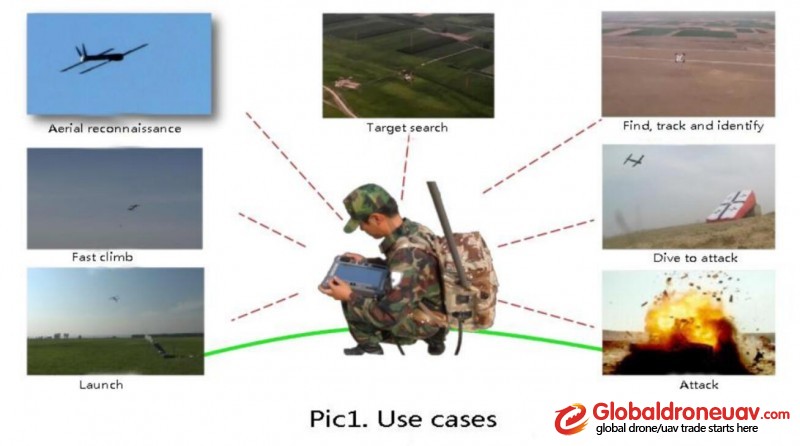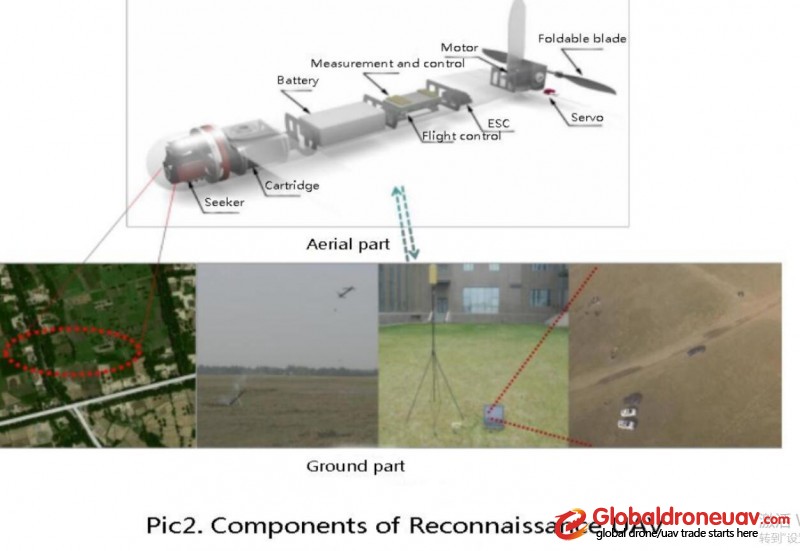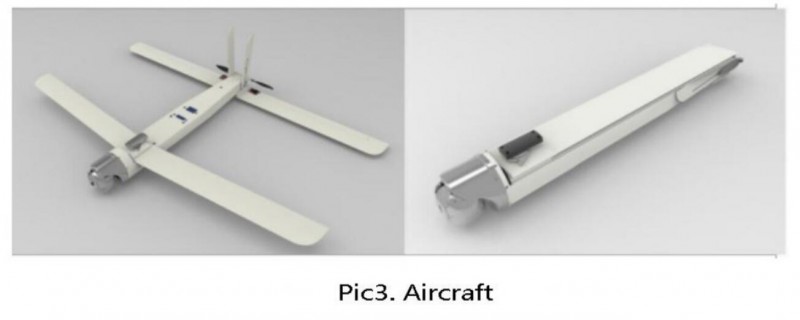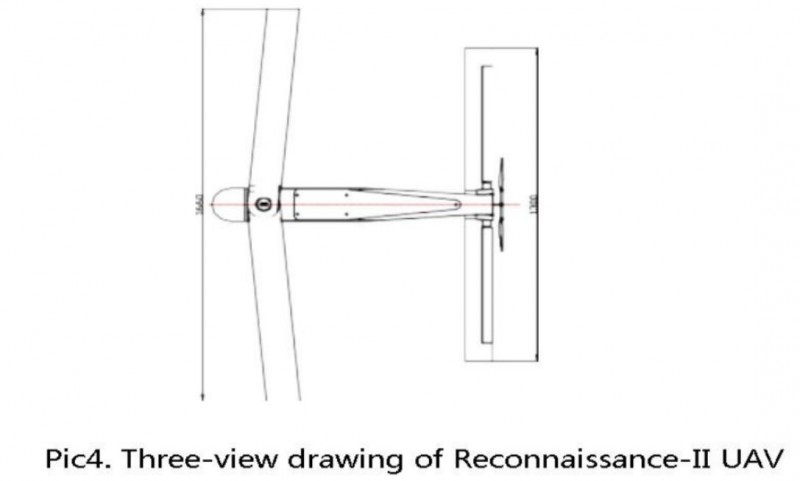BG-201 Suicide Drone
1. General Introduction
Reconnaissance UAV is a small, portable unmanned aircraft that can be used for beyond-visual-range, real-time reconnaissance and precise strikes in small-scale ground forces, changing the current rules of engagement in the world. The main operational modes include capturing territory, anti-terrorism operations, combating low-speed maneuvering targets and reverse-slope defene. The main targets cover enemy personnel,ordinary vehicles, light armors, missile vehicles, aircrafts, and tank trucks.
The UAV outperforms traditional firepower by effectively combating hard-to-reach targets. It can quickly locate, track down and strike hard-to-see targets, such as urban housing roofs, building interiors, alleys,hills, mountains and those in other complex terrain environments. At the same time, it can avoid the danger of user being exposed to enemy,significantly improving the safety and survival rate of soldiers.
The UAV has good flight and precise striking capability, providing operators with real-time images and BDS/GPS coordinates for information gathering, positioning, identifying or killing targets. It is difficult to be detected, identified or tracked even in a rather short distance. It is difficult for enemy to find the drone and evade in time thanks to its low visual and audible signals when hitting targets. All the airfoils can be folded and the drone can be launched through various platforms such as those on ground, in the air and ships.
 2. Technical Parameters
2. Technical Parameters
2.1 Technical parameters of Reconnaissance-I UAV
a) Max takeoff weight: 3.5kg
b)Load capacity: ≥0.5kg
c) Diameter(when folded): ≤110mm
d) Body length: ≤739mm (propellers included)
e) Power: Electric
f) Navigation positioning method: BDS/GPS
g) Reconnaissance seeker: Visible light + infrared ray
h) Target positioning accuracy: 1m (CEP)
i) Takeoff method: Canister launch (cool gas/rocket/pressure)
j) Recycling method: Parachute recycling (reconnaissance version) /no recycling (reconnaissance plus strike version)
k) Control radius: 10km
l) Endurance: ≥30min
m) Cruise speed: 30m/s to 40m/s
n) Max flight speed: ≥50m/s
o)Typical working height: 50m~150m
p) Transmission rate: 4M/s
q) Transmission delay: 200ms
2.2 Technical parameters of Reconnaissance-II UAV
a) Maximum takeoff weight: 9kg
b) Load capacity: ≥1.5kg
c) Diameter(when folded): ≤140mm
d) Body length: ≤1069mm (propeller included)
e) Power: Electric
f) Navigation positioning method: BDS/GPS
g) Reconnaissance seeker: Visible light + infrared ray
h) Target positioning accuracy: 30m (CEP)
i) Takeoff method: Canister launch (cool gas/rocket/pressure)
j) Recycling method: parachute recycling (reconnaissance version) /
no recycling (reconnaissance plus strike version)
k) Control radius: 10km
l) Endurance: ≥30min
m) Cruise speed: 30m/s to 40m/s
n) Maximum flight speed: ≥50m/s
o) Minimum turning radius: ≤100m
p) Typical working height: 50m~300m
q) Transmission rate: 4M/s
r) Transmission delay: 200ms
3. Components
Reconnaissance UAV consists of two parts. the aerial part and ground part. The aerial part includes a drone platform, airborne avionics device, airborne data link and mission load. The ground part consists of ground monitoring and control, ground control terminal and launching device.

a) Body
The UAV adopts a tandem layout and foldable design, making it suitable for canister launch and modular installation. The rectangular front and rear wings are able to be folded beneath the fuselage. The V-shaped tail fin, which can be folded forward on both sides of the fuselage, adopts an aerodynamic layout. The upper part has a round shape in order to make 。





